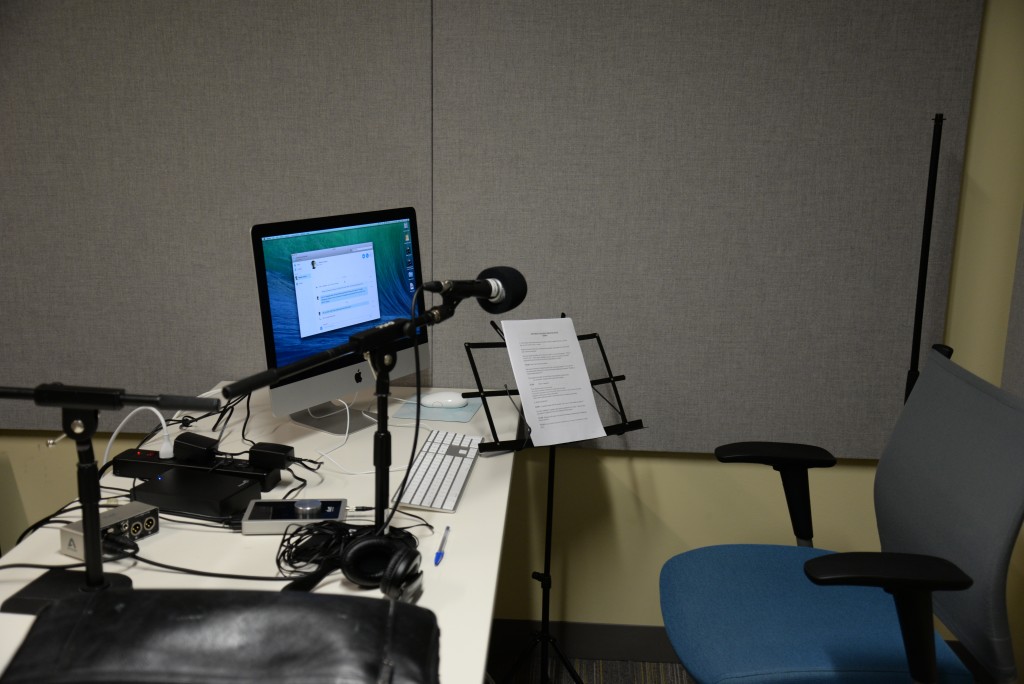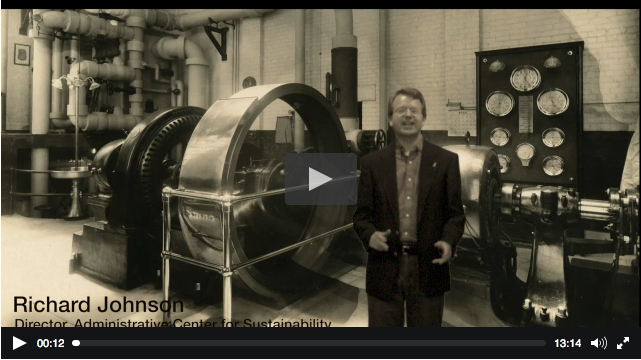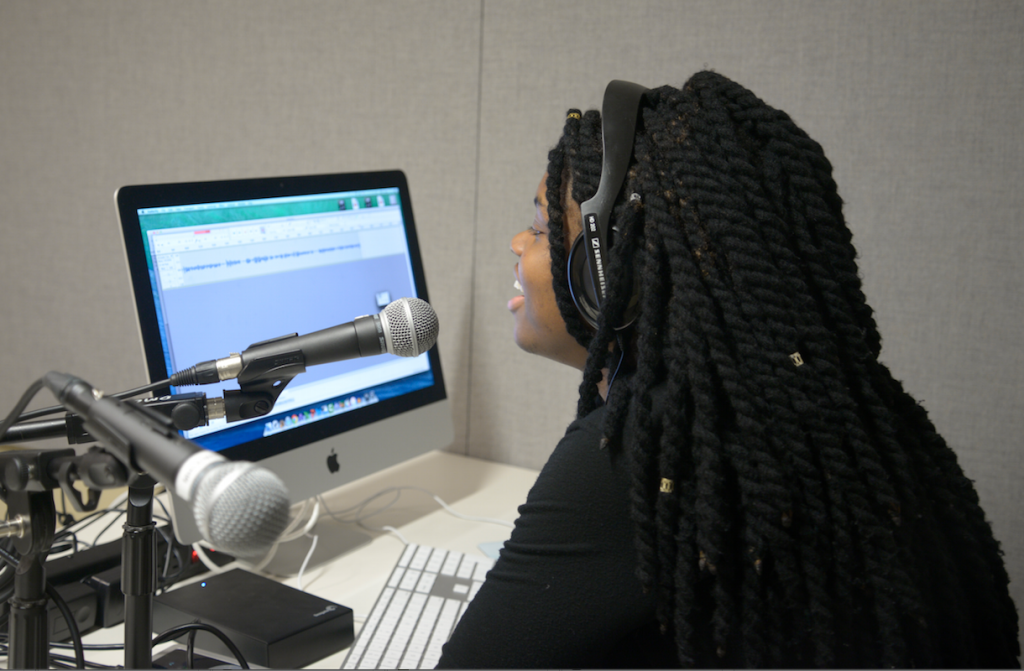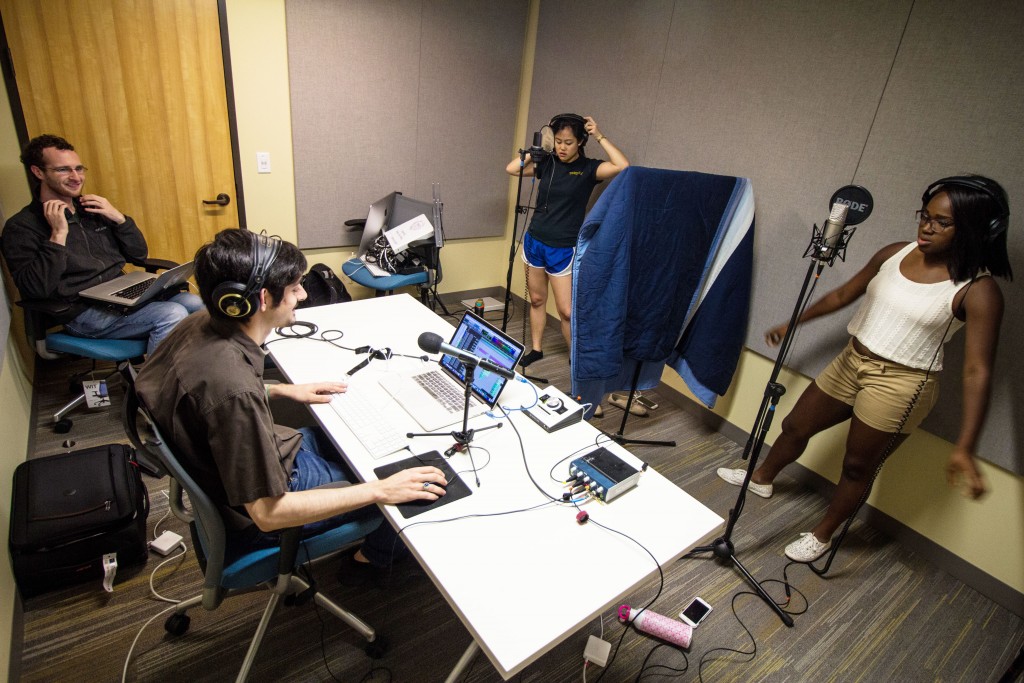Rice professor Scott Solomon started a podcast of Wild World with Solomon in January 2023. Several of the podcast episodes were recorded in the DMC Audio Studio, such as Episode 7 – Launching to Space with Scott Parazynski. Tune in to listen to the interesting stories. “What separates a decent podcast from a good podcast is the audio quality, and you want to start with a good quality recording. DMC audio studio is very useful.” He said.
Katherine Wu, a Rice undergraduate student, interviewed Dr. April Carpenter, a physical therapist at the MD Anderson Cancer Center, in Fall 2020. The interview was conducted over Zoom. April recorded her voice on her iPhone. Katherine’s voiceover was recorded in the DMC Audio Studio. The published podcasting episode is available to view and listen to at https://www.metastasispodcast.com/the-martini.
Both of them use the recording with GarageBand.






